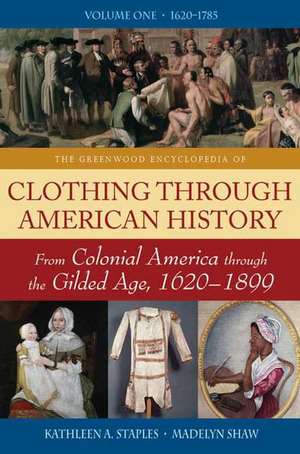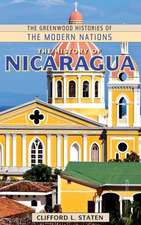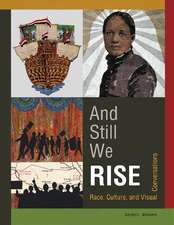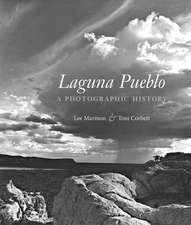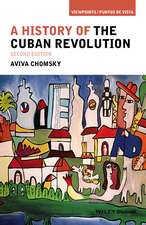Clothing through American History: The British Colonial Era
Autor Kathleen A. Staples, Madelyn C. Shawen Limba Engleză Hardback – 24 iun 2013 – vârsta până la 17 ani
Preț: 425.18 lei
Preț vechi: 729.84 lei
-42% Nou
Puncte Express: 638
Preț estimativ în valută:
81.43€ • 83.90$ • 68.21£
81.43€ • 83.90$ • 68.21£
Carte tipărită la comandă
Livrare economică 24 februarie-10 martie
Preluare comenzi: 021 569.72.76
Specificații
ISBN-13: 9780313335938
ISBN-10: 0313335931
Pagini: 480
Ilustrații: 43 bw illus
Dimensiuni: 178 x 254 x 36 mm
Greutate: 1.18 kg
Ediția:New.
Editura: Bloomsbury Publishing
Colecția Greenwood
Locul publicării:New York, United States
ISBN-10: 0313335931
Pagini: 480
Ilustrații: 43 bw illus
Dimensiuni: 178 x 254 x 36 mm
Greutate: 1.18 kg
Ediția:New.
Editura: Bloomsbury Publishing
Colecția Greenwood
Locul publicării:New York, United States
Notă biografică
Kathleen A. Staples is a textile historian and curator specializing in the cultural and technical histories of fabrics and embroidery in early-modern England and colonial America. She has served as curator or historical advisor for exhibitions at museums such as The Charleston Museum.Madelyn Shaw is an independent curator and historian specializing in the exploration of American history and culture through textiles and dress. She had held curatorial and administative positions at museums such as Rhode Island School of Design (RISD) Museum.
Cuprins
PrefaceChronology, 1585-17851. Settling British Colonial AmericaThe PeopleThe Individual and the FamilyHealth and HygieneThe EconomyReferences2. Society, Culture, and DressClothing as FashionClothing as CommunicationClothing and Ornamentation as Mediating AgentsClothing for Social RitualsClothing and Fabrics as CurrencyAccess to ClothingReferences3. Clothing and Textile Technologies and Trades, 1607-1785Clothing TechnologyProblems in TerminologyBespoke and Ready-Made ClothingImported FabricsColonial Production of Textiles: HomespunFabric Quantities for ClothingColonial Clothing Trades and CraftsReferences4. Women's Fashion1608-1714The Evolution of Cut, Construction, and Silhouette, 1608-1714Clothing for the Enslaved, 1620-1714Clothing of American Indians, 1607-1714Clothing in Portraiture, 1616-1714Composition of a Wardrobe, 1608-17141715-1785The Evolution of Cut, Construction, and Silhouette, 1715-1785Clothing in Portraiture, 1715-1785Clothing for the Enslaved, 1715-1785Clothing of American Indians, 1715-1785Composition of a Wardrobe, 1715-1785References5. Men's Clothing1607-1714The Evolution of Cut, Construction, and Silhouette, 1607-1714Clothing for the Enslaved, 1620-1714Clothing of American Indians, 1607-1714Composition of a Wardrobe, 1607-17141715-1785The Evolution of Cut, Construction, and Silhouette, 1715-1785Clothing in Portraiture, 1751-1785Clothing for the Enslaved, 1715-1785Clothing of American Indians, 1715-1785Composition of a Wardrobe, 1715-1785References6. Children's FashionsConcepts of Childhood in Colonial AmericaInfants: Birth to Three MonthsInfants and Toddlers: Three Months to Three YearsGirls: Three to Eleven Years, 17th CenturyBoys: Three to Eleven Years, 17th CenturyGirls: Three to Eleven Years, 18th CenturyBoys: Three to Eleven Years, 18th CenturyChildren over TwelveEnslaved, Apprenticed, and Indentured ChildrenAmerican Indian ChildrenComposition of a WardrobeAvailability of Children's Ready-Made ClothingReferencesGlossary: The Colonial PeriodResource Guide: The Colonial PeriodPrint ResourcesMuseumsIndex
Recenzii
The authors, both textile historians and curators, offer an extensively researched and comprehensive guide to a multifaceted period of American history that will serve as a good reference resource for libraries of all types.
Although it's written for an academic audience, the readability of the information makes this a good source for high school students as well. . . . Recommended for most public and academic libraries.
Uses for this volume are numerous. Students or historians researching the era would obviously be interested, as would those seeking information for a theatrical production or even a reenactment event. The volume would also be useful as a tool to introduce children not only to the clothing itself but to the many individuals and trades necessary to produce and supply it.
Although it's written for an academic audience, the readability of the information makes this a good source for high school students as well. . . . Recommended for most public and academic libraries.
Uses for this volume are numerous. Students or historians researching the era would obviously be interested, as would those seeking information for a theatrical production or even a reenactment event. The volume would also be useful as a tool to introduce children not only to the clothing itself but to the many individuals and trades necessary to produce and supply it.
